Indigo – (F1) Radicchio Seed
$7.75 Original price was: $7.75.$5.40Current price is: $5.40.
2000 in stock
Excellent uniformity and high yield potential for summer harvests. Conventional seed with NOP-compliant pelleting.
Indigo has been the most reliable radicchio in both our hot- and cool-weather trials. It is remarkably sure-heading, very tolerant to tipburn, and resistant to bottom rot. The firm, 4–5" diameter heads are a nice burgundy color with good flavor. For spring, summer, and fall production. Avg. 16,500 seeds/lb. Packet: 50 seeds.
CULTURE: For North American production, these varieties are vast improvements over older types, but are still not perfectly uniform or completely predictable. Although bred for specific seasons, it is still best to trial more than one variety, using succession plantings to determine which one suits your conditions.
Radicchio is hardy and can be planted as early as the soil can be worked. It is a cool weather crop and grows best at temperatures of 60–65°F (15.5–18.3°C). Careful variety selection is important for hot weather plantings. Sow every 3 weeks for a continuous supply of fresh radicchio.
Pelleted seed requires a little extra attention when it comes to watering, as it performs best with consistent, moderate soil moisture throughout the germination period. An initial watering will split or dissolve the pellet, but if the soil is allowed to dry out before the germination period is over, the seed may receive insufficient moisture for optimal germination.
THERMAL DORMANCY: Radicchio seed can enter thermal dormancy when exposed to high temperatures above 77°F (25°C). Optimum germination results at soil temperatures of 60–68°F (15.5–20°C).
TRANSPLANTING: Sow in flats, 1 seed/in., or in ¾" plug trays, barely covering seeds with fine vermiculite, 3–4 weeks before transplanting outdoors. Shade the flats on sunny, warm days if necessary to keep the soil surface cool, below 75°F (24°C), until germination. If sowing into flats, transplant 1–2" apart into flats, pots, or cell-type containers about 2 weeks later. Harden seedlings by reducing water and temperature for 2–3 days before planting outdoors. Properly hardened transplants can survive temperatures as low as 20°F (-6°C).Transplant 8" apart in rows 18" apart. Transplant shallowly so that the base of the plant will be slightly above the soil to discourage bottom rot.
DIRECT SEEDING: Seeds will germinate from 41–85°F (5–29°C), but the highest germination percentage will occur around 75°F (24°C), depending on the variety and seed lot. Sow seeds 2–3" apart, rows 12–18" apart. Cover seed lightly, about ⅛", and firm soil gently. Thin to 8–12" apart; thinnings may be transplanted. Dry soil must be watered to ensure coolness and moisture, and for uniform germination.
NOTE: Radicchio grows best in cool or mild weather, i.e. fall, winter, and spring. Summer crops can be successful if nights are cool (below 60°F/16°C).
DAYS TO MATURITY: From transplanting; add 14–21 days if direct seeding.
TRANSPLANTS: Avg. 500 plants/M (2 seeds per cell thinned to one seedling).
PELLET STORAGE: Pelleting offers many advantages, but the pelleting process also shortens the shelf life of the seed. We recommend usingseed within one year of purchase. If you need to storeseeds until planting, protect them from heat and humidity in a cool, dark, dry place. If you prefer to store your seed in the refrigerator, be sure to place the seed in an air-tight container to protect it from fluctuations in humidity.
AVG. SEEDING RATE: 130,000 pellets/acre at 6 pellets/ft. in rows 24" apart or 6,000 pellets/1,000ft. row.
PELLET SIZE: 13.0.
SEED SPECS: PELLETS/OZ.: 940–1,250 (avg. 1,100).
PACKET: 200 pellets sows 33′ at 6 pellets/ft.
| Weight | 1 kg |
|---|---|
| Dimensions | 1 × 1 × 1 cm |
Be the first to review “Indigo – (F1) Radicchio Seed” Cancel reply
Shipping is an additional 15-29 business days depending on location. Shipping time will be provided at checkout.
Returns
If seeds fail to leave China, we will refund your payment 100%. But if seeds fail to reach you due to customs problem on your side which we were not informed in advance, we will not be able to bear any loss, and no refund will be made.
We sell only viable plants seeds online, and test germination of our seeds from time to time. So we will not be able to refund for seeds that clients fail to germinate, unless we are convinced that it's truly problem of our seeds.
———
Please send us an email: seedspay@gmail.com and be as detailed as possible while filling in the information.
After submission, We will reply to you within 24 hours. Please be patient.
———
CHARGEBACKS & DISPUTES
Please contact us by email before opening a merchant chargeback or payment dispute, as we can generally resolve the issue before that takes place. Any chargebacks and disputes disable our ability to issue refunds or credits due to funds being frozen.
———
REFUND, EXCHANGE AND RETURN
Customers have the right to request a refund/ return/ exchange within 14 days from the delivery date. Our Customer Service team will offer the best solutions for specific situations.
Related products
Chicory
2025 Vegetables Seeds
2025 Vegetables Seeds
Chicory
Chicory
 The Delivery Time Is 15-29 Day!
The Delivery Time Is 15-29 Day!

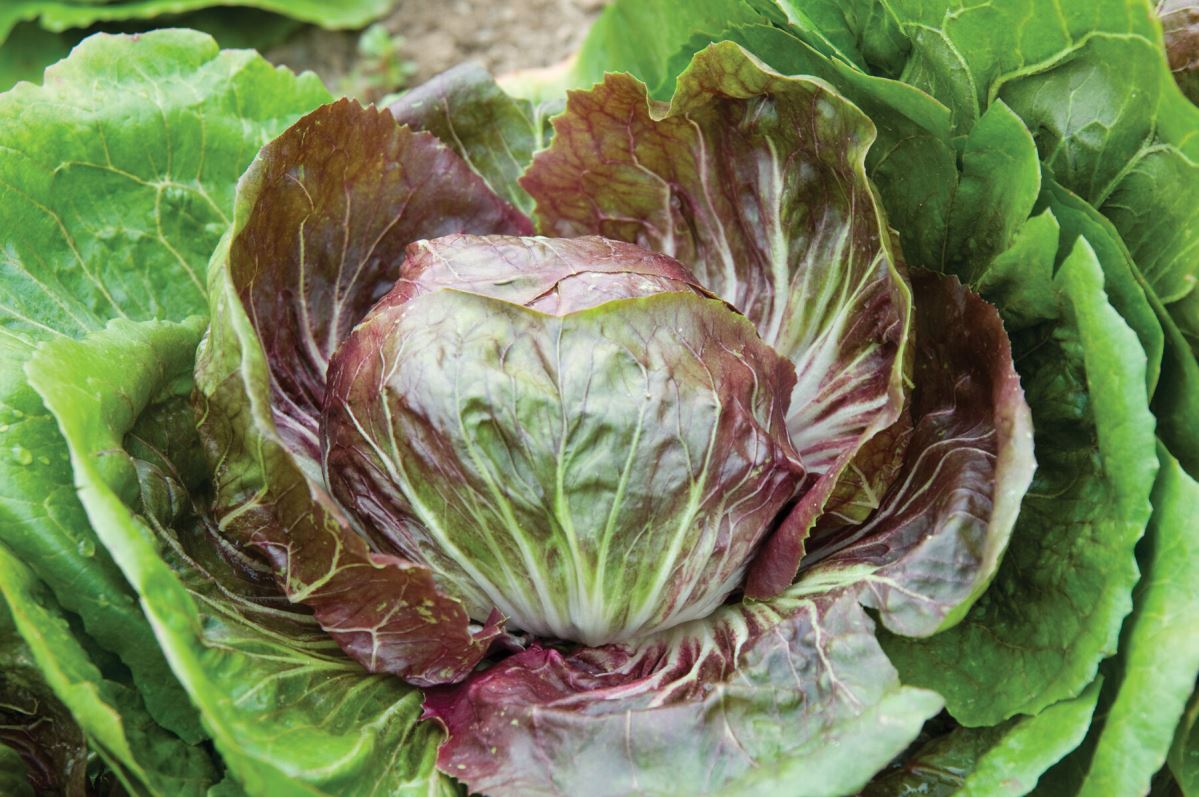
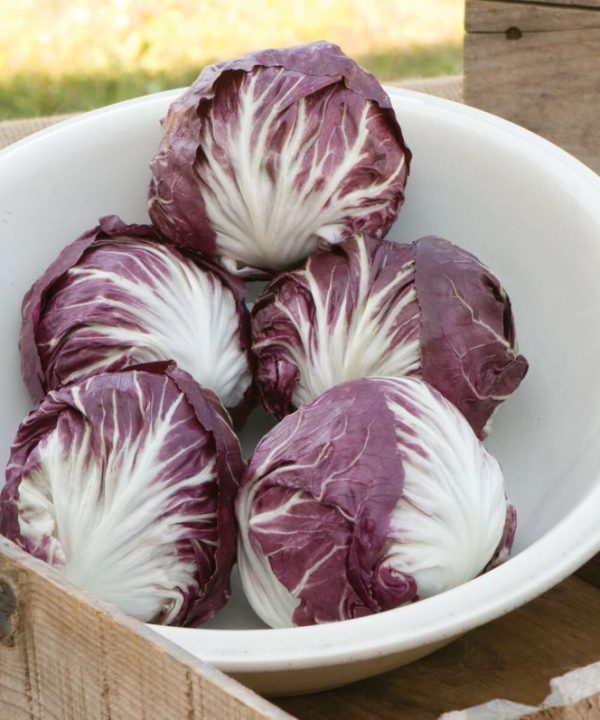
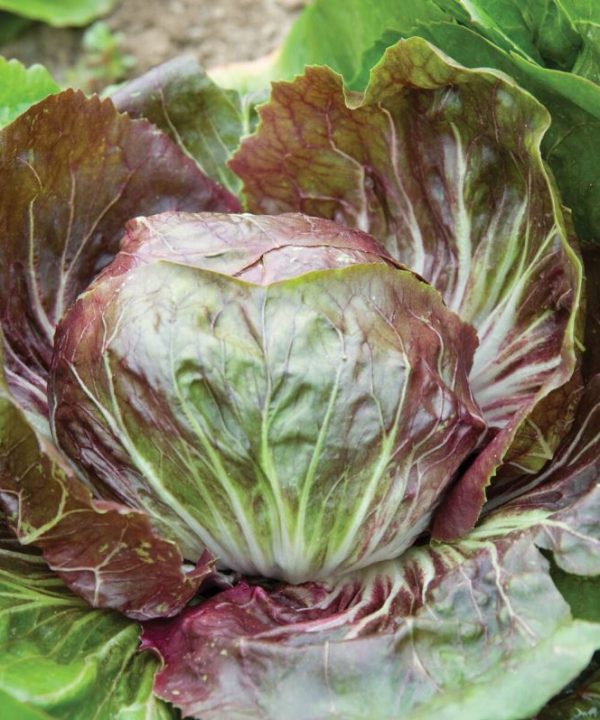

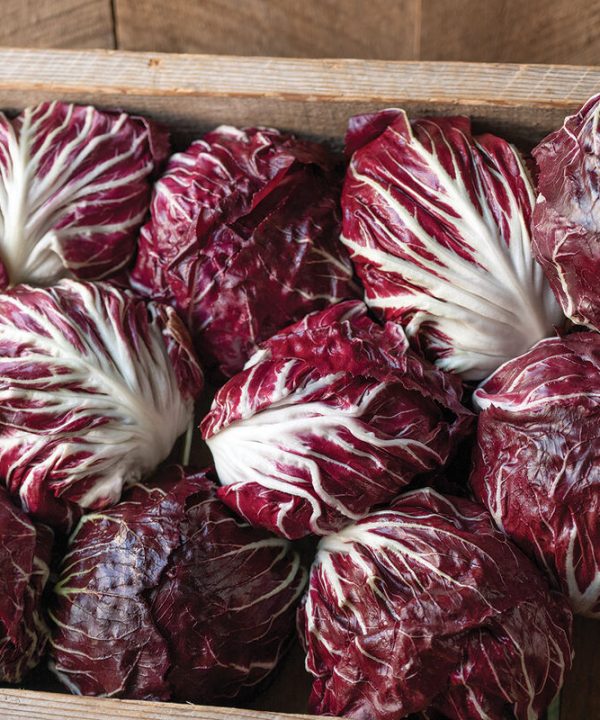
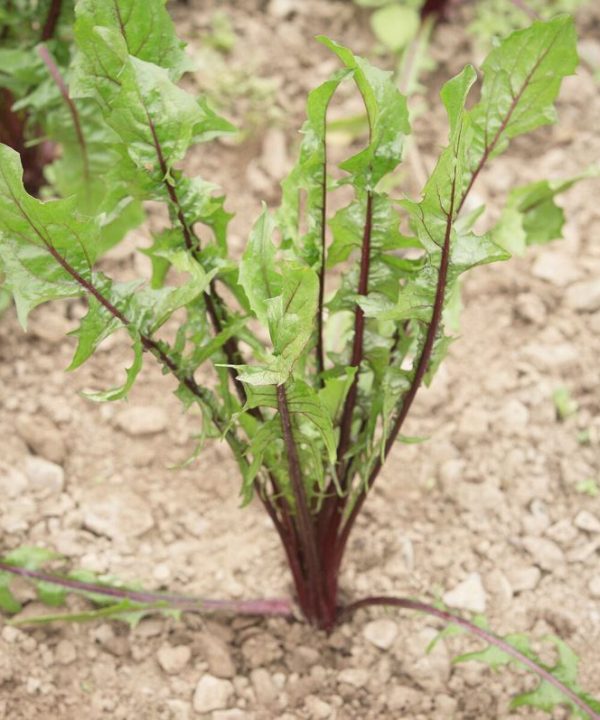

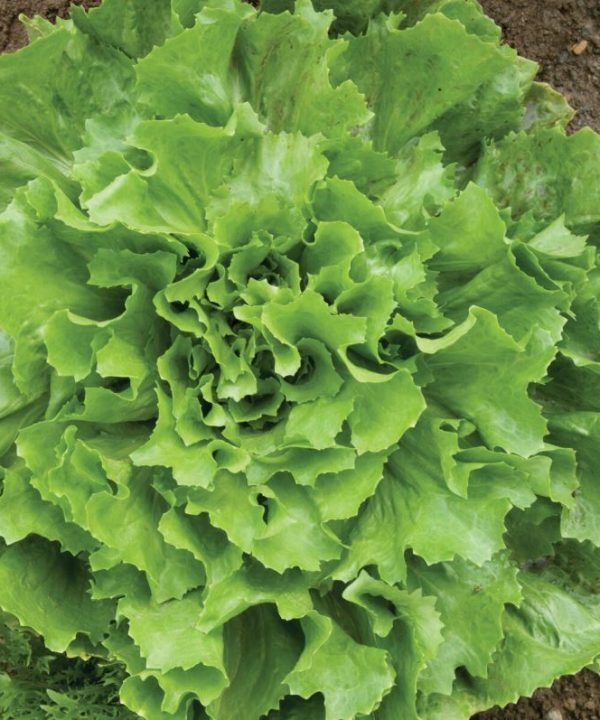
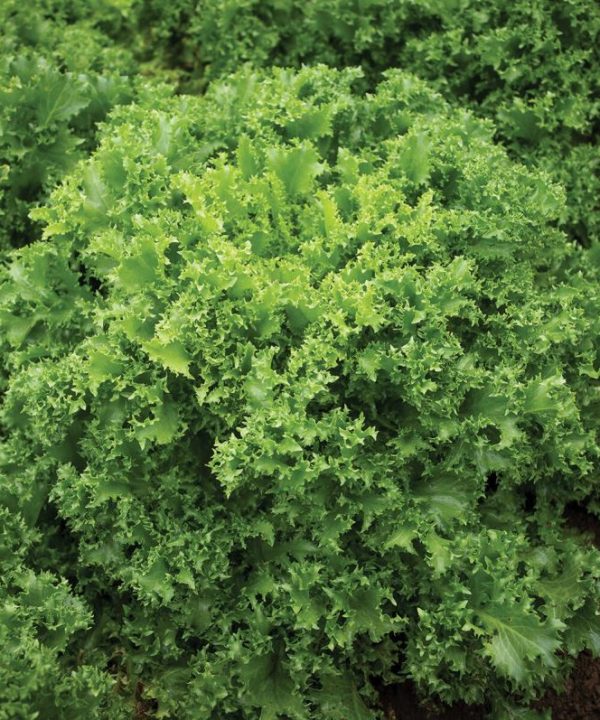
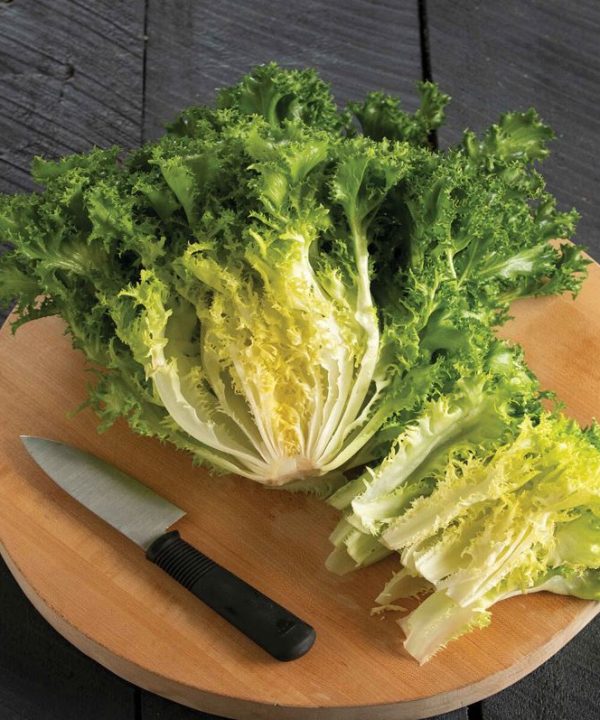
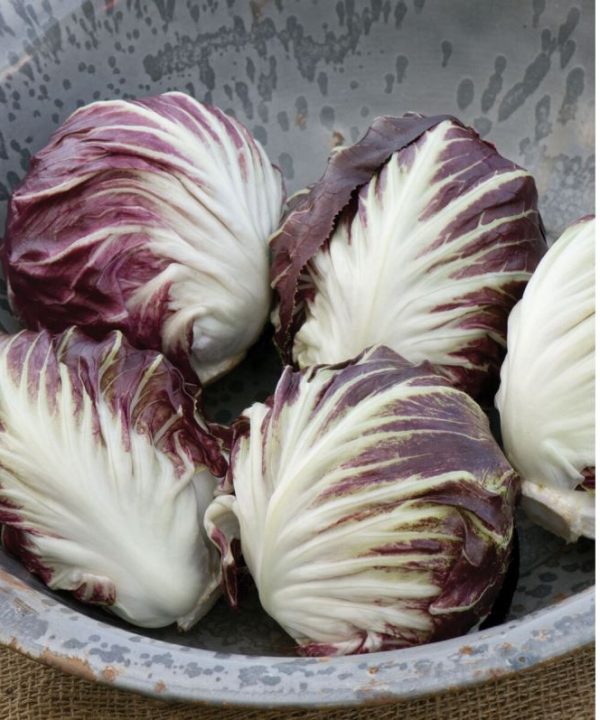
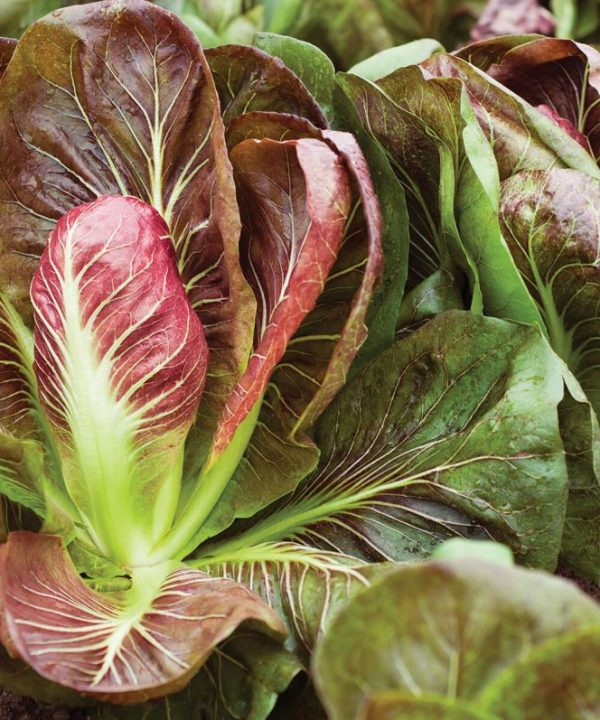
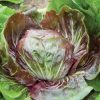
Reviews
There are no reviews yet.